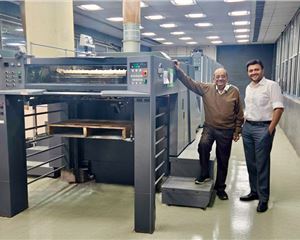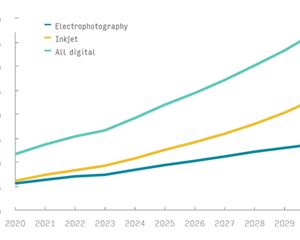Balaji to coach print industry after Xerox innings
If you fail to plan, you are planning to fail!” – wise words from Benjamin Franklin, one of the founding fathers of the US. He’s right and it’s one of the reasons why an industry has grown up to support firms of all sizes wanting to plan for their future.
21 Dec 2018 | By Sriraam Selvam
After a stint of more than 18 years at Xerox India, Balaji Rajagopalan will be an executive coach and consultant at Arrbee Consulting. The main aim is to be a business transformation expert which will enable small enterprises to realise its full potential. While talking to PrintWeek India, he said, "For smaller enterprises, where time and management bandwidth may be in short supply, the issue of strategic planning is usually ignored. There is a huge shortage of experts for a small business - and what to do next.
Till October 2018, Balaji was the executive director of Xerox India and helmed the technology & channel sales for India as well as South East Asian countries. He is an alumnus of IMT Ghaziabad. Balaji is a techno-commercial leader and is a master black belt of Lean Six Sigma methods. He has conduct senior leadership training on Six Sigma and led business transformation programs. He said, "These workshops helped turnaround in three main functions (sales, customer service and supply chain) during his tenure with a 3x, 5x improvement plus set industry benchmarks."
Balaji is credited for having taken the Xerox digital print business "to double-digit profitable revenue growth in all lines of business in the last three years. Balaji said, "This was
made possible through the introduction of " Ten Commandments of Selling" for channel partners and internal sales team. In 2018, the equipment revenue growth was 35%."
In a conversation with PrintWeek India, Balaji stated the starting point for a print firm in India should be establishing where the business wants to be in fixed time-frame. He felt, "A plan is one of the most important documents a print or packaging firm will ever own as it ties together ideas, targets and plans for the future as well as giving space to consider if those ideas are realistic and workable."
As part of the process, he explained, thought must be given to five key areas: ideas and research; business viability; the purpose of the business and how it communicates; predicting the future; and the development of a clear strategy with a plan for growth over a period of time. He concluded, "If you look around the country you see hundreds and hundreds of plants which are similar. All of them produce good quality at a reasonable price ... which is why, there is a desperate need to find things that make us different".












 See All
See All